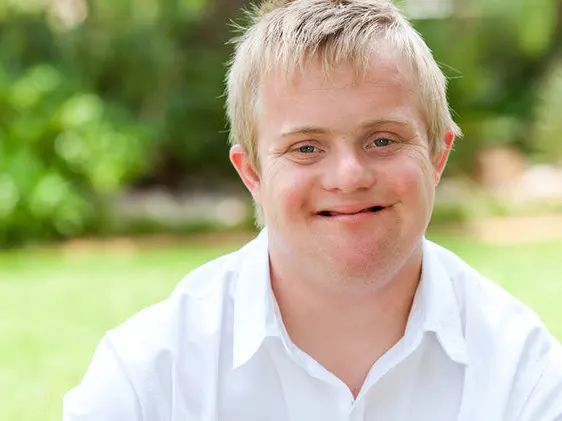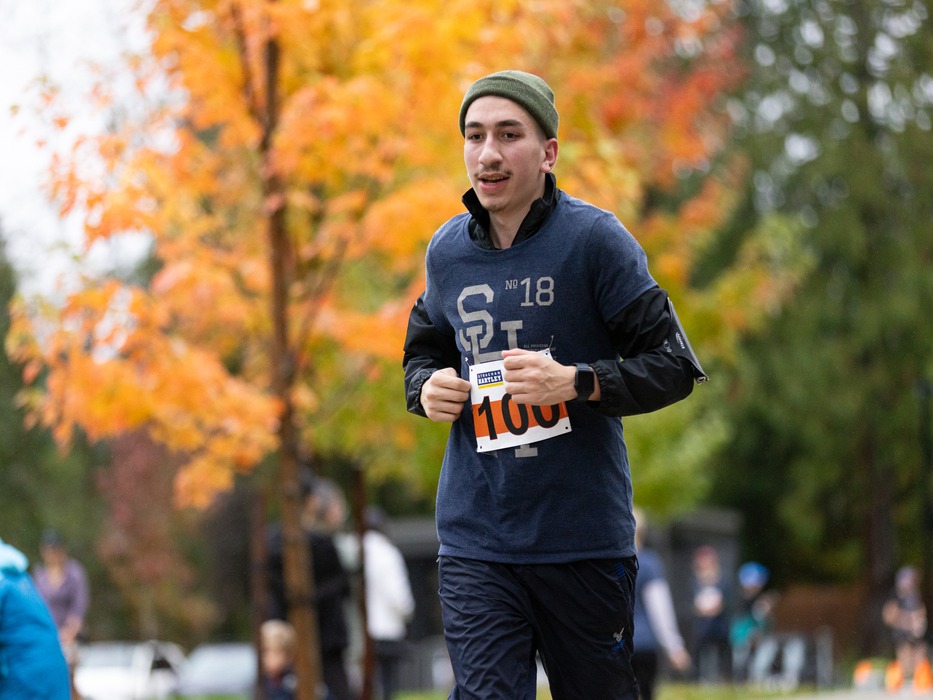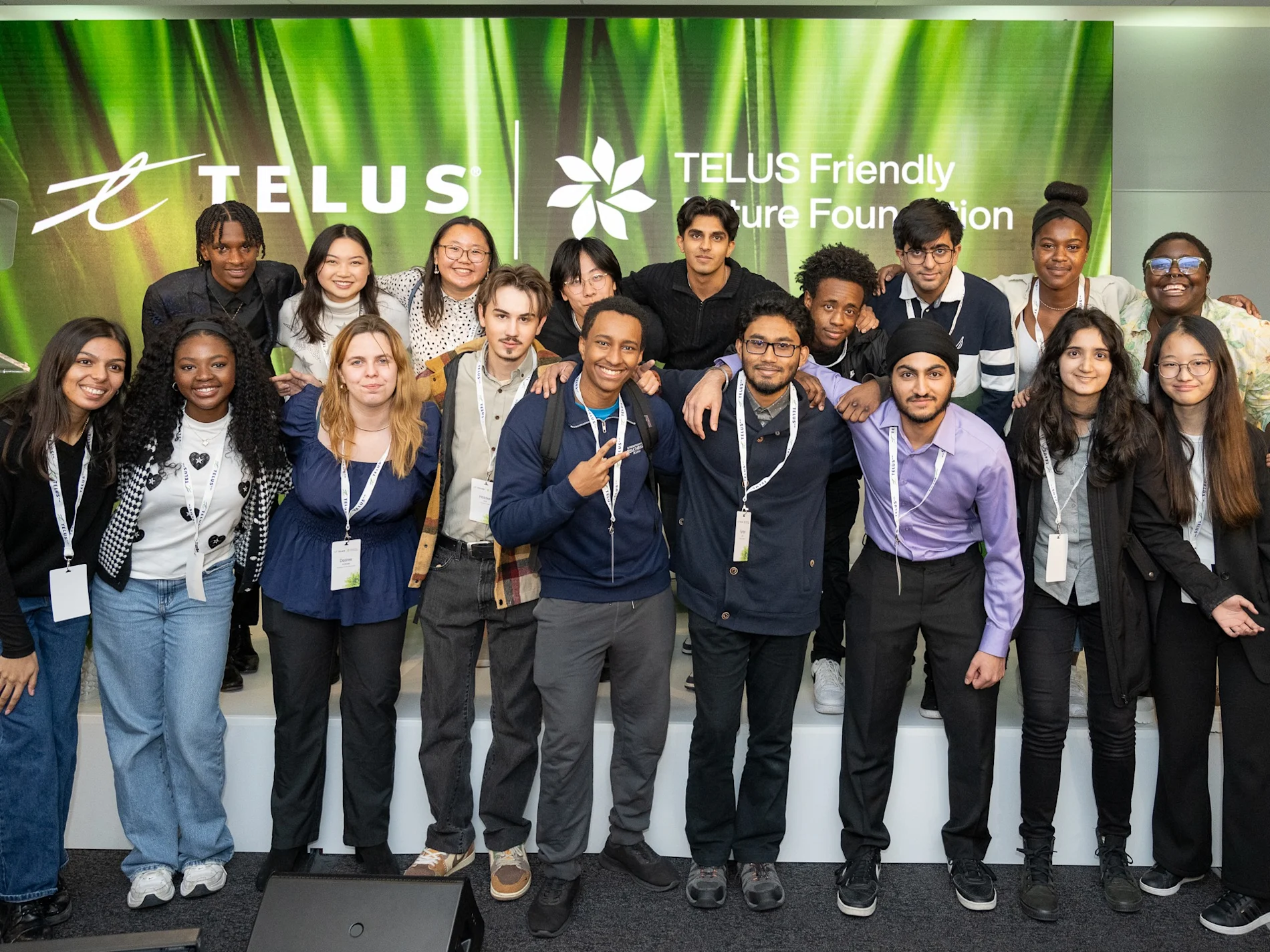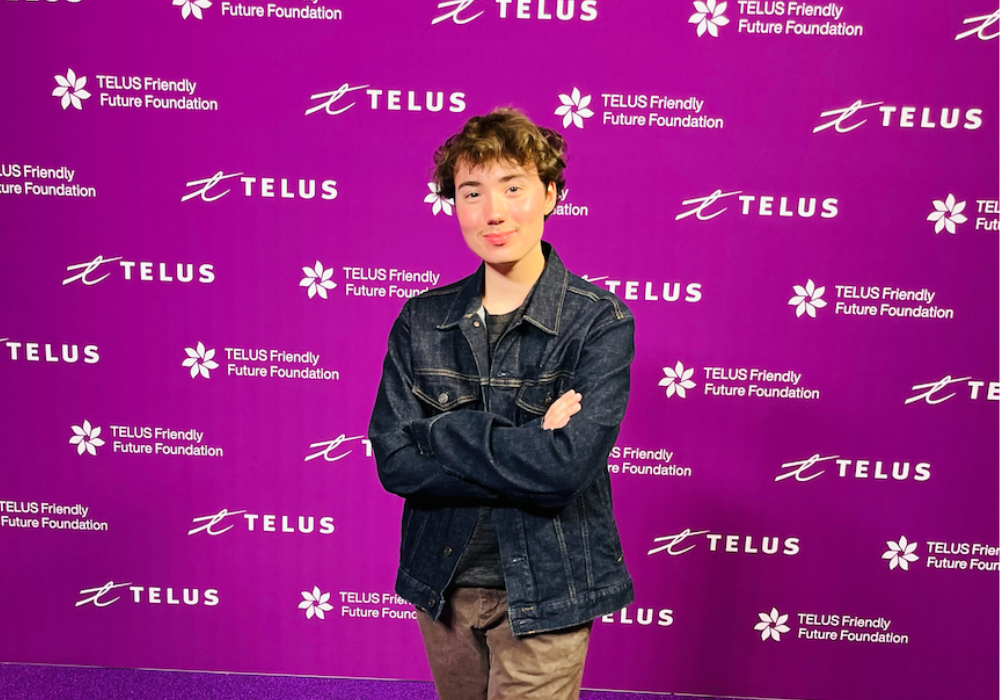
Giving back
Social innovation gives youth a chance
Feb 4, 2019
Supporting technology that creates the best opportunities for young adults with developmental disabilities.
We believe in technology and education, and the empowering rewards they bring to a community.
After learning about the LifeStreams Learning program, run by the
Garth Homer Society
in Victoria, we knew that working with the organization would establish promising opportunities for high school graduates with developmental disabilities.The LifeStreams program, in partnership with
Edudata Canada
, provides an online database tool that reinforces a positive learning method. The software comprehensively captures and records breakthrough moments between frontline staff and developmentally challenged youth, helping teachers better evaluate their students’ learning needs. The program will integrate learning and inclusion options that already exist at Garth Homer in employment, volunteer engagement and digital and arts learning with literacy, numeracy, financial and other practical skills.The Garth Homer Society, an organization whose philosophy is to support those with developmental disabilities, is confident that consistent documentation of their day-to-day experiences working with young adults with disabilities will help create a clearer picture of each student’s potential and how to build on that capacity for growth. “Again and again, we see real evidence of how much learning potential our clients really have,” said Mitchell Temkin, CEO of the Garth Homer Society.
“The question is what can we do for these students? How do you improve their chances of succeeding in life, specifically in terms of independence, inclusion and employment?”
- Mitchell Temkin, CEO, Garth Homer Society
The exciting thing about this technology is that it is smart and simple to use. It walks staff through a series of questions, based on isolated learning situations that are specific to each individual. The tool prompts staff to articulate participants’ responses to each situation, motivating them to ask precise questions, such as ‘did the chosen method work?’and ‘how well did it work?’ It also encourages staff to be explicit with their feedback and to continue responding to questions until they find something that works for each individual.
“Our view is that LifeStreams’ staff notice nuances in behavior, respond to them, engage those behaviors and capacity with our client, which is very nurturing,” said Temkin. “Analysis of the data provides better insight into each individual’s needs and capacities, allowing staff to more accurately assess what methods work and don’t work. There is a wonderful Chinese proverb that says cross the river by feeling the stones. That is kind of what we’re doing here and that’s the learning model. You inch forward with each individual. But once you’ve done this with numerous individuals, it will be possible to step back and say, okay, how does learning really work here?”
"We know that nobody has seemed to really take a systemic approach to the particular and highly singular learning needs of these clients and so we thought, let’s try to do that.”
The TELUS Victoria Community Board immediately recognized the opportunity for social innovation with the LifeStreams Learning program and committed $25,000 to help facilitate the program and training. LifeStreams not only raises the bar through technological innovation in the education sector, they are helping to create a new service model in the care-funding milieu that will elevate the lives of young adults to help improve their chances of succeeding in life.


